Insurance Strategies for High-Net-Worth Individuals
November 28, 2022
High-net-worth (HNW) investors can often have more complex needs than the average investor.
For many, the focus is not just on growing funds, but also on preserving and protecting wealth to pass on to future generations. Often, HNW investors have maximized contributions to tax-preferred accounts like the Registered Retirement Savings Plan (RRSP) or Tax-Free Savings Account (TFSA). As such, the opportunities to minimize the tax burden associated with non-registered accounts becomes important.
This is where permanent insurance can play a role. Permanent insurance offers the benefit of tax-preferred growth of the policy’s cash value, as well as a tax-free death benefit paid to beneficiaries. As well, insurance can help to minimize estate settlement costs such as probate fees (where applicable). Life insurance may also act as a suitable alternative to low-risk, fixed-income investments.
This is where permanent insurance can play a role. Permanent insurance offers the benefit of tax-preferred growth of the policy’s cash value, as well as a tax-free death benefit paid to beneficiaries. As well, insurance can help to minimize estate settlement costs such as probate fees (where applicable). Life insurance may also act as a suitable alternative to low-risk, fixed-income investments.
Here are four insurance strategies used by high-net-worth investors:
Cascading Life Insurance Strategy — This may be a tax-efficient way to accumulate and transfer wealth across multiple generations. It involves investing in a permanent life insurance policy on the life of a child/grandchild, naming a grandchild/great-grandchild as the policy beneficiary, with the parent/grandparent remaining the primary owner until their passing. Upon the death of the primary owner, the policy’s ownership would be transferred to the successor owner (child/grandchild) on a tax-free basis and when they pass away, the grandchild/great-grandchild would receive the death benefit on a tax-free basis. 1
Back-to-Back (Insured) Annuity — This strategy, perhaps best suited for those approaching or in retirement, involves the purchase of a prescribed annuity and an exempt life insurance policy with the death benefit equal to the amount of the annuity investment (to preserve estate capital). While the annuity continues to make payments over the annuitant’s lifetime, part of this payment is a return of principal so only the income portion is subject to tax annually. This can potentially result in a higher after-tax cash flow relative to comparable low-risk, fixed-income investments held in a non-registered account. 2
Joint Last-to-Die Policy — This policy can help offset taxes or maximize an inheritance. A single policy can insure the lives of both spouses and the benefit is not paid until the last insured person’s death. The proceeds can offset future tax liabilities, including those that an estate may not be able to cover. For HNW individuals who don’t need RRSP/RRIF income and expect to have a higher marginal tax-rate in retirement, one strategy may be to fund the policy by gradually depleting their RRSP/RRIF.
Corporate-Funded Insurance — For business owners, the after-tax cost to fund policy premiums may be lower if paid through their corporation, assuming the corporate tax rate is lower than the personal tax rate. Holding an exempt permanent life insurance policy until disposition within a corporation can allow for tax-deferred growth of the cash value of investments. This may be advantageous as earning passive income above $50,000 in a private corporation may reduce access to the lowest corporate tax rate. As well, all (or a significant portion) of the death benefit may be distributed tax free to company shareholder(s) through the capital dividend account.
With these strategies, there are potential risks. For example, with an insured annuity, the capital used to purchase the annuity will no longer be accessible. For many insurance products, the higher insurance risk you pose, the higher the premiums will be, resulting in lower after-tax cash flow. Some insurance strategies may be complex or costly to initiate. Have you considered the use of insurance as part of a larger diversified plan? There are many compelling strategies available for the HNW investor. Please call for a discussion.
Cascading Life Insurance Strategy — This may be a tax-efficient way to accumulate and transfer wealth across multiple generations. It involves investing in a permanent life insurance policy on the life of a child/grandchild, naming a grandchild/great-grandchild as the policy beneficiary, with the parent/grandparent remaining the primary owner until their passing. Upon the death of the primary owner, the policy’s ownership would be transferred to the successor owner (child/grandchild) on a tax-free basis and when they pass away, the grandchild/great-grandchild would receive the death benefit on a tax-free basis. 1
Back-to-Back (Insured) Annuity — This strategy, perhaps best suited for those approaching or in retirement, involves the purchase of a prescribed annuity and an exempt life insurance policy with the death benefit equal to the amount of the annuity investment (to preserve estate capital). While the annuity continues to make payments over the annuitant’s lifetime, part of this payment is a return of principal so only the income portion is subject to tax annually. This can potentially result in a higher after-tax cash flow relative to comparable low-risk, fixed-income investments held in a non-registered account. 2
Joint Last-to-Die Policy — This policy can help offset taxes or maximize an inheritance. A single policy can insure the lives of both spouses and the benefit is not paid until the last insured person’s death. The proceeds can offset future tax liabilities, including those that an estate may not be able to cover. For HNW individuals who don’t need RRSP/RRIF income and expect to have a higher marginal tax-rate in retirement, one strategy may be to fund the policy by gradually depleting their RRSP/RRIF.
Corporate-Funded Insurance — For business owners, the after-tax cost to fund policy premiums may be lower if paid through their corporation, assuming the corporate tax rate is lower than the personal tax rate. Holding an exempt permanent life insurance policy until disposition within a corporation can allow for tax-deferred growth of the cash value of investments. This may be advantageous as earning passive income above $50,000 in a private corporation may reduce access to the lowest corporate tax rate. As well, all (or a significant portion) of the death benefit may be distributed tax free to company shareholder(s) through the capital dividend account.
With these strategies, there are potential risks. For example, with an insured annuity, the capital used to purchase the annuity will no longer be accessible. For many insurance products, the higher insurance risk you pose, the higher the premiums will be, resulting in lower after-tax cash flow. Some insurance strategies may be complex or costly to initiate. Have you considered the use of insurance as part of a larger diversified plan? There are many compelling strategies available for the HNW investor. Please call for a discussion.
1. A trustee for any minors must be appointed when making ownership or beneficiary designations; 2. Where both the annuity and insurance meet conditions to qualify as exempt policies.
Disclaimers
Forward-looking statements are based on current expectations, estimates, forecasts and projections based on beliefs and assumptions made by author. These statements involve risks and uncertainties and are not guarantees of future performance or results and no assurance can be given that these estimates and expectations will prove to have been correct, and actual outcomes and results may differ materially from what is expressed, implied or projected in such forward-looking statements.
The opinions expressed in this report are the opinions of the author and readers should not assume they reflect the opinions or recommendations of Echelon Wealth Partners Inc. or its affiliates. Assumptions, opinions and estimates constitute the author’s judgment as of the date of this material and are subject to change without notice. We do not warrant the completeness or accuracy of this material, and it should not be relied upon as such. Before acting on any recommendation, you should consider whether it is suitable for your particular circumstances and, if necessary, seek professional advice. Past performance is not indicative of future results. These estimates and expectations involve risks and uncertainties and are not guarantees of future performance or results and no assurance can be given that these estimates and expectations will prove to have been correct, and actual outcomes and results may differ materially from what is expressed, implied or projected in such forward-looking statements. Echelon Wealth Partners Inc. is a member of the Investment Industry Regulatory Organization of Canada and the Canadian Investor Protection Fund.




